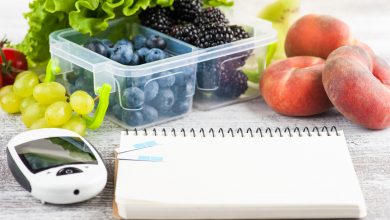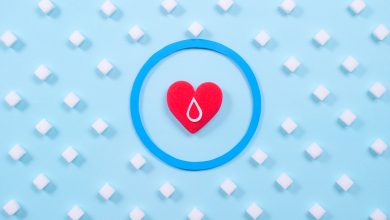Blood Sugar Management: Handling the Ups and Downs in Type 2 Diabetes
Tips to Manage Fluctuations in Blood Sugar Levels
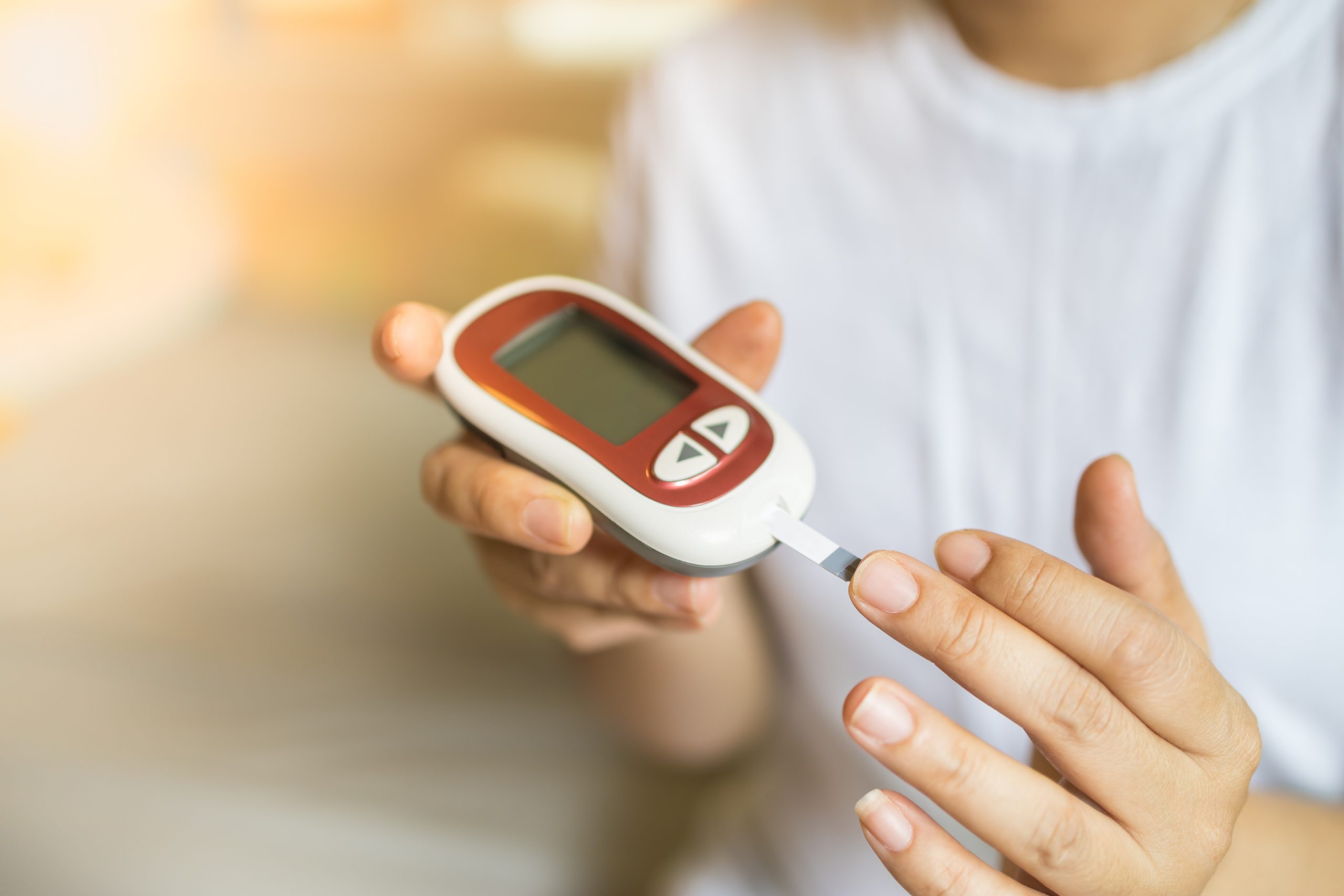
Blood sugar levels tend to fluctuate throughout the day due to various reasons. While this is not a cause of concern for many, it can be alarming for type 2 diabetics. If you have diabetes, these swings may prove problematic or even dangerous.
These ups and downs in blood sugar may lead to severe complications including vision problems, heart diseases, and nerve damage, loss of consciousness, confusion, and dizziness. Therefore managing type 2 diabetes includes being able to identify the triggers; knowing your normal blood sugar targets, and knowing what to do if your blood sugar is too high or too low.
The Target for Blood Sugar Management
The right target for your blood sugar can be determined based on different factors, including:
- Age
- Severity of diabetes
- Duration of diabetes
- Diabetes complications
- Other disorders
- Prescribed medications

It is essential to consult your doctor to determine your blood sugar target. The targets suggested by the American Diabetes Association for the majority of the people with diabetes are as follows:
- A1C – lower than 7% (A1C might be referred to as eAG: Lower than 154 mg/dL)
- Before meals – 80–130 mg/dL (milligrams per deciliter)
- After the meal (1 to 2 hours after) – lower than 180 mg/dL
The targets for A1C differ as per an individual’s health and age. Regularly monitoring your blood sugar levels can help manage blood sugar and prevent any potential complications.
How to Check Your Blood Sugar Using Blood Glucose Meter
Blood sugar levels can be checked by using a blood glucose meter. You will have to poke your fingertip with the device and the meter will show the results. Continuous Glucose Monitor (CGM) is also used to check your blood sugar.
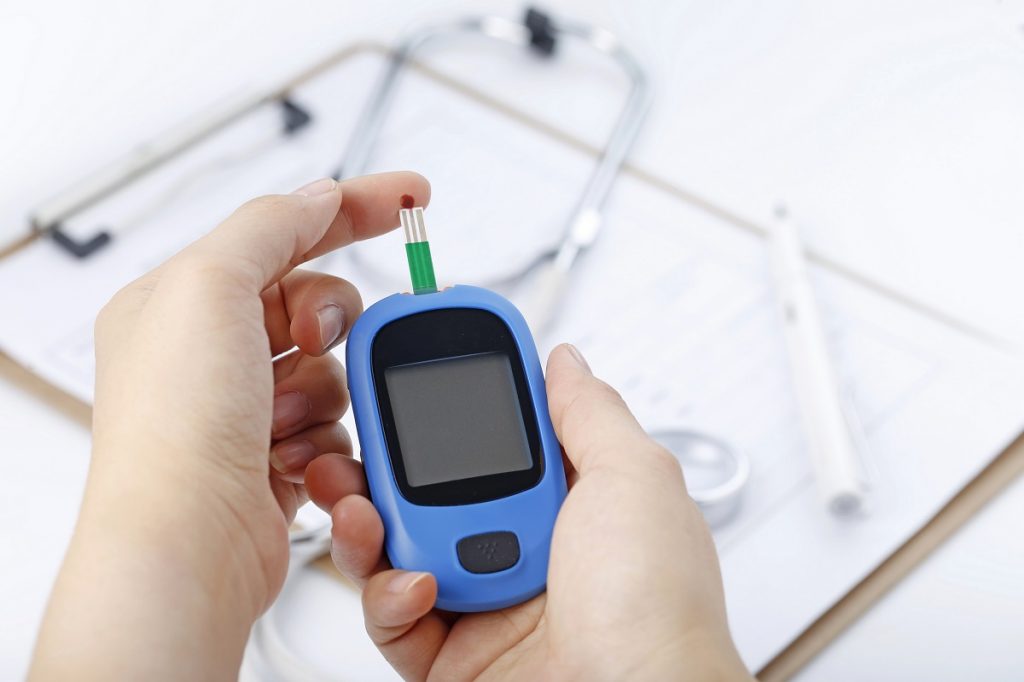
Here are the steps to use the blood glucose meter the right way:
- First, wash your hands thoroughly.
- Add the test strip inside the meter.
- Use the pen or lancing device to prick your fingertip to get your blood.
- Place the edge of the test strip and hold it against your blood for a few seconds.
- The display on the meter will show you the current blood sugar levels.
Keep in mind that all meters are slightly different, so it is best to read the instruction manual to use the device the best way possible. Some meters allow you to use your thigh, forearm or any fleshy area of the hand to check the blood sugar levels. It’s best tostick to the sides of the fingertip, near the nails to prevent any sore spots.
The frequency you need to check your blood sugar is based various factors, including your age and duration and severity of diabetes.
Identifying the Signs
The best blood sugar management strategy is familiarizing yourself with the signs and symptoms of both high and low blood glucose levels. Everyone may not experience the same sensations or symptoms when their blood sugar is high or low. Therefore, it is important to focus on your symptoms, the triggers, and how you react to them.
You must know how your body reacts when the blood sugar spikes or when it dips. When you start experiencing those symptoms, you must immediately check your blood sugar. This will prevent severe complications.
Hypoglycemia (Low Blood Sugar)
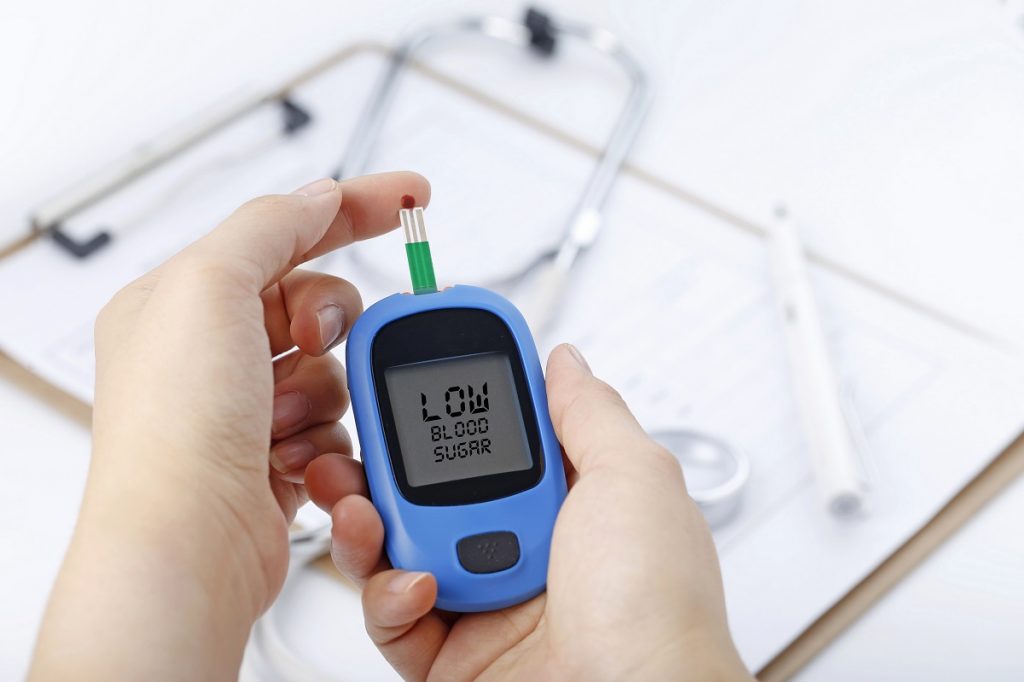
The signs – If your blood sugar level drops lower than 70 mg/dL,
then you might experience symptoms like dizziness, nausea, nervousness,
sweating,confusion or fainting.
What it feels like – You might start
feeling unusually hungry or thirsty. You may start feeling the urge to go to
the washroom frequently, get drowsy, and experience blurry vision.
What should you do – Perform the 15-15 rule immediately. First, check your blood sugar levels, then consume 15 grams of carbs, like one tablespoon of sugar, 4 ounces of soda or fruit juice, or four glucose tablets. Wait for 15 minutes and check your blood sugar. If it hasn’t stabilized, then repeat these steps.
Hyperglycemia (High Blood Sugar)
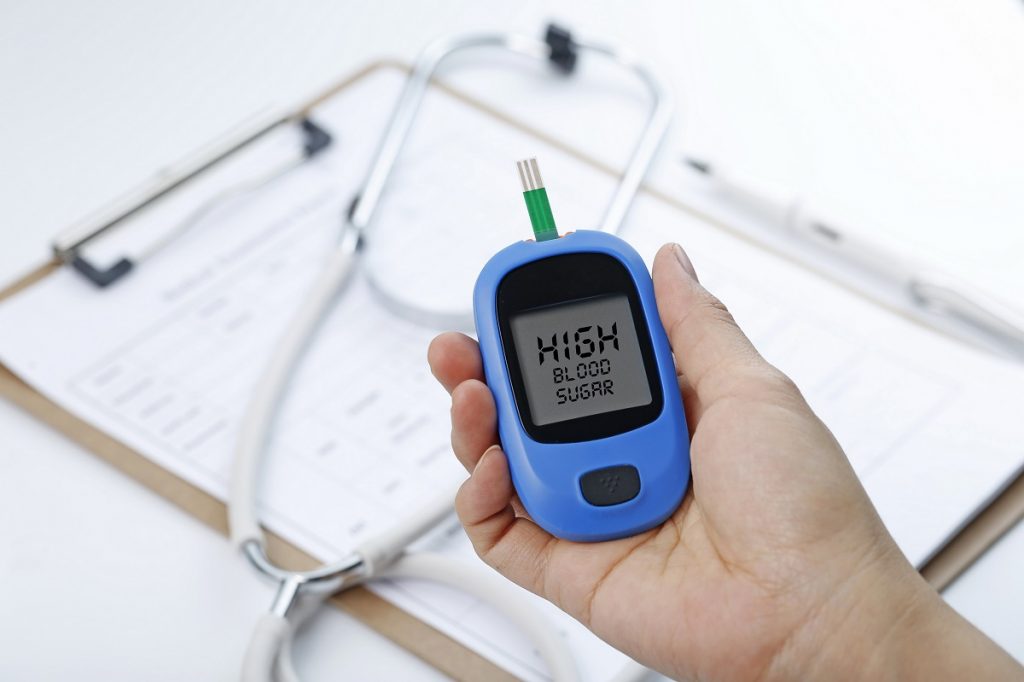
The signs – If your blood sugar is high, then you might experience symptoms like fatigue, blurry vision, excessive urination, and thirst. Prolonged high blood sugar can lead to severe problems by damaging the nerves, kidneys, and eyes. Long-term complications include nerve damage, kidney damage, and blindness, while short-term complications include excessive urination and weight loss.
What it feels like – You might feel an increase in hunger and have blurry vision. You might also feel irritable, sweaty, shaky, nervous, dizzy or like you have a “racing” heartbeat.
What should you do– Performing a physical activity can help lower your blood sugar level. However, don’t take part in any physical activity without getting your blood sugar levels checked. Normally, people with blood sugar levels of 240 mg/dL or higher are recommended to not exercise. For people with diabetes, yoga is considered a promising option that has a positive effect on blood glucose control.
Regularly testing your blood sugar levels during the day will help you to keep track of the blood glucose. It is essential to consult your doctor to determine the best ways for blood sugar management as per your unique condition and considerations.
Learning to Listen to your Body

Blood sugar management might feel like a lot of work, but the more informed you are about your condition, the easier it will get. Learning the way your body reacts to the blood sugar fluctuations is the first step towards better type 2 diabetes management. As soon as you start experiencing the symptoms, check your level to ensure there has been a dip or spike.
It is essential to determine your blood sugar level before you take any action. It will help you make an informed decision and opt for the right fast-acting solution. There are many foods that can help in controlling your blood sugar levels; you can learn more about it in our Hydrate and Regulate Blood Sugar EBook.
References
- https://www.diabetes.org/diabetes/medication-management/blood-glucose-testing-and-control/checking-your-blood-glucose
- https://www.diabetes.org/a1c
- https://www.mayoclinic.org/diseases-conditions/diabetes/in-depth/blood-sugar/art-20046628
- https://www.jabfm.org/content/25/1/16.full
- https://www.ncbi.nlm.nih.gov/pubmed/11570119

